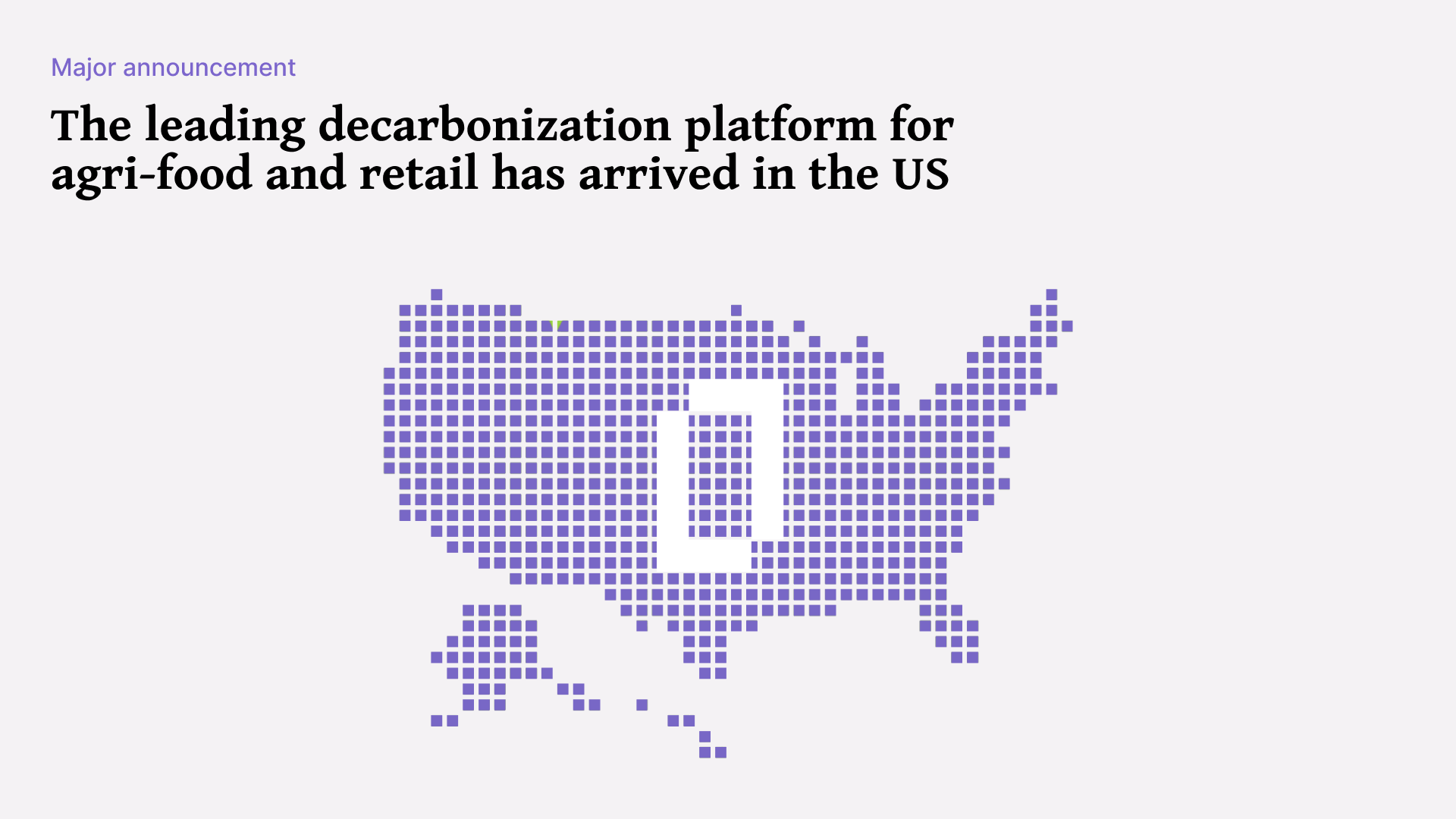Summary
- Scope 3 emissions, accounting for the majority of an enterprise’s carbon footprint, are the most significant and challenging to manage.
- The GHG Protocol provides a framework for categorising emissions into Scope 1, 2, and 3, with Scope 3 covering indirect emissions from the entire value chain.
- Accurately measuring Scope 3 emissions is essential for companies to meet regulatory requirements, enhance brand trust, and reduce carbon-related financial risks.
Scope 3 emissions are a significant contributor to the total carbon footprint of an enterprise, accounting for over 85% of an organization’s greenhouse gas (GHG) emissions. To reduce their carbon footprint significantly, enterprises must understand the role of Scope 3 emissions.
Introduction
The GHG Protocol categorizes carbon emissions into three main types: Scope 1, Scope 2, and Scope 3 emissions. This carbon accounting system, first introduced in 2001, is now the basis for mandatory GHG reporting.
Scope 1 covers a company’s direct emissions, such as those from boilers and vehicles.
Scope 2 covers indirect emissions such as purchased electricity.
Scope 3, the largest and most complex category, includes emissions caused by a company’s suppliers and customers.
Comparing Scope 1, 2, and 3 emissions
| Emission Type | Definition | Examples |
|---|---|---|
| Scope 1 | Direct emissions from sources that are owned or controlled by the organisation | Fuel combustion in boilers or vehicles owned by the company |
| Scope 2 | Indirect emissions from the generation of purchased electricity, steam, heating, and cooling | Emissions from power plants supplying electricity to the company |
| Scope 3 | Other indirect emissions from across an organisation’s value chain, including those by suppliers, partners, and employees | Emissions from the production of purchased materials, transportation of goods in vehicles not owned by the organisation, waste disposal, and commuting by employees |

(Reference: GHG Protocol)
Scope 3 Emission Categories
Scope 3 emissions account for the bulk of GHG emissions for many companies – depending on the industry, typically over 85% of its overall emissions.
The GHG protocol specifies 15 categories of Scope 3 emissions, including upstream activities such as:
- Purchased goods and services: Emissions caused by the production of goods or services purchased by a company
- Capital goods: Emissions caused by the production of capital goods purchased by a company
- Fuel and energy-related activities: Emissions from the production of fuels and energy consumed by a company
- Transportation and distribution: Emissions caused by the transportation and distribution of products purchased by a company
- Waste from operations: Emissions from third-party disposal and treatment of waste generated by a company’s operations
- Business travel: Transportation of employees for business activities in third-party owned vehicles
- Employee commuting: Emissions from employees’ transportation to and from their workplace
- Leased assets: Emissions from the operation of assets leased by a company
The following downstream activities are also included in Scope 3 emissions:
- Transportation and distribution: Emissions from the distribution and transportation of products sold by the company
- Processing of sold products: Emissions from processing of products by downstream parties before eventual sale to customers
- Use of sold products: Emissions from the use of products sold by the company
- End-of-life treatment of sold products: Emissions from waste disposal and end-of-life treatment of products sold by a company
- Leased assets: Emission from operation of assets owned by a company but leased out to other parties
- Franchises: Emissions from the operations of franchises of a reporting company
- Investments: Emissions associated with the investments of a reporting company
The GHG Protocol helps enterprises understand which emission categories are relevant for them and how to estimate emissions for each category.
Why Should Companies Measure Their Scope 3 Emissions?
Cutting emissions across all scopes, especially Scope 3, has significant benefits as regulators, investors, and consumers push towards a net zero economy.

- Comply with regulations: Many countries have set limits and targets for greenhouse gas emissions, including Scope 3 emissions. Companies can avoid penalties or fines by measuring their emissions.
- Gain consumer trust: Consumers are gravitating towards enterprises that are mindful of their carbon footprint. Companies that invest in sustainability, including measurement and reduction of scope 3 emissions, can improve their brand image among consumers, vendors they sell to, and other stakeholders.
- Build investor confidence: As consumers make more sustainable purchases, businesses that have a lower carbon footprint will gain a competitive advantage. Investors increasingly scrutinise a company’s sustainability metrics when evaluating investments.
- Optimise future costs: Organizations can potentially achieve cost savings through changes in their supply chain. A Deloitte survey has shown that 38% of CFOs cite cost reduction as their primary motivation to decarbonise.
- Manage the largest source of emissions Scope 3 often contributes ~85% of an enterprise’s overall emissions*, and offers the biggest opportunity to reduce carbon footprint.
- Future-proof supply chains: Decarbonization is a multi-year journey and reducing Scope 3 emissions is an important part of it. Enterprises that track their Scope 3 emissions will move ahead of the curve and gain an early mover advantage when businesses inevitably pivot to a low-carbon economy.
- Reduce carbon tax liability: Tax on carbon emissions may get more prevalent as countries commit to decarbonisation targets. Enterprises can lower their carbon risk by reducing their Scope 3 emissions.
Research from the Boston Consulting Group (BCG) shows that over 90% of companies cannot accurately measure their emissions. Furthermore, most companies exclude Scope 3 emissions because of the lack of confidence in available data. In fact, almost 40% of companies experience a 30-40% error rate in establishing emission baselines.
How Can Terrascope Help?
Terrascope enables organizations to track and measure emissions across their value chain and all GHG categories. The SaaS-based platform helps large enterprises make data-driven decisions, set ambitious and realistic reduction goals, and start the journey to net zero with confidence.
Book a demo with our emissions measurement expert now!
* Data is based on Terrascope's work and experience with clients
Quick Answers to Questions You May Have
1. Is scope 3 double counting?
No, Scope 3 emissions are not double counting; they cover indirect emissions that occur in the value chain outside of a company's direct control.
2. What is a scope 3 target?
A Scope 3 target is a specific goal set to reduce or mitigate a company's indirect emissions in its value chain.
3. Why is Scope 3 difficult to measure?
Scope 3 emissions are challenging to measure because they encompass a wide range of indirect sources and require data from various stakeholders.
4. How does Scope 3 work?
Scope 3 works by accounting for and addressing a company's indirect emissions from sources like suppliers, transportation, and product use.
5. Is Scope 3 included in net zero?
Yes, Scope 3 emissions are included in achieving a net-zero goal, as they represent a comprehensive approach to addressing a company's entire carbon footprint.
6. What percentage are Scope 3 emissions?
The percentage of Scope 3 emissions can vary widely depending on the industry, but they often account for a significant portion (up to 90%) of a company's overall emissions.
7. Why is it important to reduce Scope 3 emissions?
It's crucial to reduce Scope 3 emissions to address the full environmental impact of a company and contribute to broader climate goals.
8. Can you offset Scope 3 emissions?
Companies can offset Scope 3 emissions through various mechanisms like purchasing carbon credits or investing in renewable energy projects.



